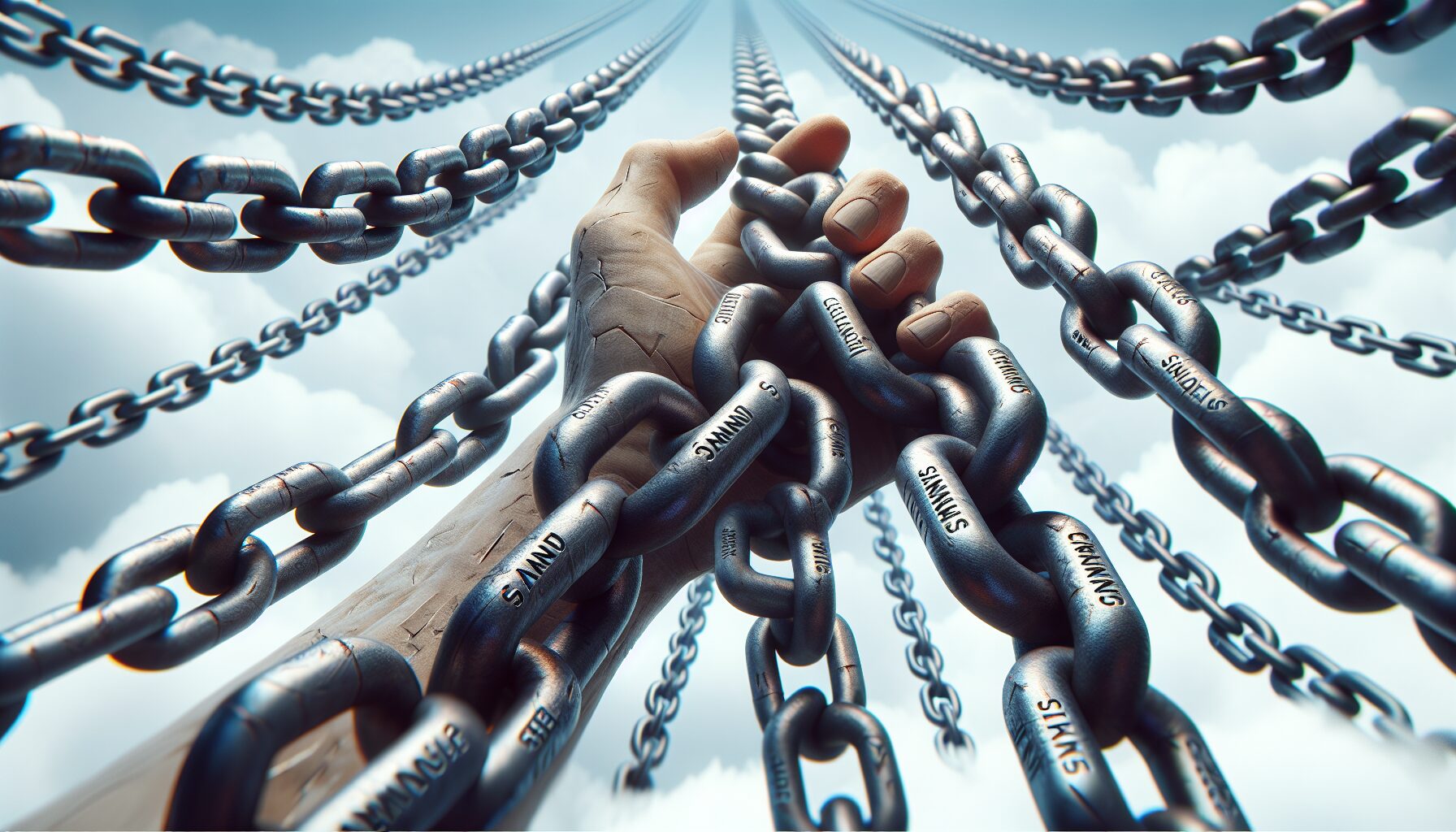Throughout history, individuals have sought spiritual guidance and solace from religious leaders, viewing them as paragons of virtue and ethical conduct. However, lurking within the ranks of esteemed spiritual guides are those who exploit their positions of power for personal gain or, even worse, for predatory purposes. These individuals, often described metaphorically as “wolves in sheep’s clothing,” manipulate their spiritual authority to prey on the vulnerable.
Understanding Spiritual Authority
Spiritual authority is the power or right to influence religious teachings, practices, and the lives of followers. It can be vested in individuals, such as priests, imams, or monks, or institutions, like churches, mosques, or temples. This authority is typically derived from:
- Doctrinal Knowledge: Spiritual leaders are often seen as experts in religious texts and traditions.
- Moral Conduct: They are expected to live by and exemplify the moral and ethical standards of their faith.
- Community Position: Leadership roles that enhance their influence and decision-making power within spiritual communities.
For many, the unquestioned faith and respect accorded to spiritual leaders stem from the belief that they are chosen or anointed by a divine power. However, it is this very faith that can be manipulated by those “wolves” who don the robes of piety to conceal their true nature.
The Mask of Piety: Manipulation Tactics
Predators in spiritual authority often employ several manipulation tactics to exploit their position. Understanding these tactics can help communities protect themselves and ensure spiritual spaces remain safe and nurturing:
- Charismatic Authority: Predatory leaders are often highly charismatic, using their personal charm to attract and influence followers. They may portray themselves as uniquely wise or as possessing special spiritual insights or abilities.
- Gaslighting and Confusion: Leaders may create confusion by contradicting themselves, making followers doubt their understanding and rely even more on the leader’s “spiritual insight.”
- Isolation: Isolating followers from their families or the broader community can reinforce the leader’s control and diminish external interference.
- Grooming: This involves building trust and dependency over time, often by giving special attention or favor to target individuals, before engaging in exploitation.
One alarming case is the crimes of Naasón Joaquín García, leader of the La Luz del Mundo church, who was sentenced to 16 years in a California prison for the sexual abuse of minors. Known to his many followers as “the Apostle of Jesus Christ,” García used his preeminent spiritual position to prey on the young members of his congregation.
Victims in Spiritual Settings
Those most susceptible to predatory spiritual leaders are often among society’s most vulnerable. Their spiritual, emotional, or social needs make them ideal targets for manipulative leaders. These can include:
- Youth: Young people seeking guidance and acceptance are vulnerable, particularly if they have not developed a strong personal or spiritual identity.
- Women: In many traditions and communities, women are often encouraged to be submissive, which can lead to being exploited by those in authority.
- The Grieving: Those who have recently experienced loss often seek comfort and answers through spiritual counseling, making them more susceptible to manipulation.
“Evil preaches tolerance until it is dominant, then it tries to silence good.” — Charles J. Chaput
The imbalance of power inherent in these relationships means victims often fear retribution, disbelief, or stigmatization should they speak out. This is exacerbated by the respect and authority generally afforded to spiritual leaders, which cultivates an environment where predators can operate with impunity.
Breaking the Silence: Survivors’ Voices
In recent years, the courage of survivors has begun to illuminate the shadows where these predators lurk. Their stories are powerful tools for healing and societal change. Efforts to document and publicize instances of abuse have gained traction, giving a platform to those who once lacked a voice. Organizations such as SNAP (Survivors Network of those Abused by Priests) are at the forefront of advocating for survivors, seeking justice and institutional reform.
Mary McAleese, former President of Ireland, has been vocal about addressing abuses within spiritual authority, particularly within the Catholic Church. She stated, “If the Church does not, as a matter of urgency, come to terms with this issue and create the [necessary] space for victims of abuse, then truly it is sleepwalking to its ruin.”
Institutional Responsibility
Religious institutions play a critical role in both perpetuating and preventing abuse. They must take proactive steps to safeguard their communities. This includes:
- Establishing Clear Protocols: Instituting zero-tolerance policies regarding abuse, with clear reporting mechanisms and support systems for victims.
- Training and Education: Providing training for leaders and members alike to recognize and respond to signs of predatory behavior.
- Independent Oversight: Ensuring that investigations into misconduct are conducted by independent bodies to prevent bias and cover-ups.
Pope Francis, addressing ongoing concerns within the Catholic Church, highlighted the need for perpetual vigilance: “To say ‘never again’ is not enough. Saying it is fine, but it is not enough. What is needed is the action to prepare ourselves, pastors, and those who work with them to have procedures that prevent, handle, and resolve things.”
Toward a Safer Future
Addressing the presence of predators within spiritual authority requires enacting comprehensive change. While the process may be arduous, the safety and sanctity of spiritual spaces depend on the vigilance and courage of entire communities.
By empowering victims, enabling truth-telling, and enforcing accountability, we can strive to ensure that those in spiritual leadership fulfill their roles as true guides toward moral and spiritual well-being, rather than deceptive threats to it. In shining a consistent light on these issues, we echo the sentiment that darkness can only persist in absence of light, and that ignorance is the accomplice of an abuser.
Through renewed dedication to transparency, understanding, and justice, it is possible to reclaim spiritual spaces as sanctuaries of genuine support and healing, ensuring the wolves in robes are laid bare for all to see.









